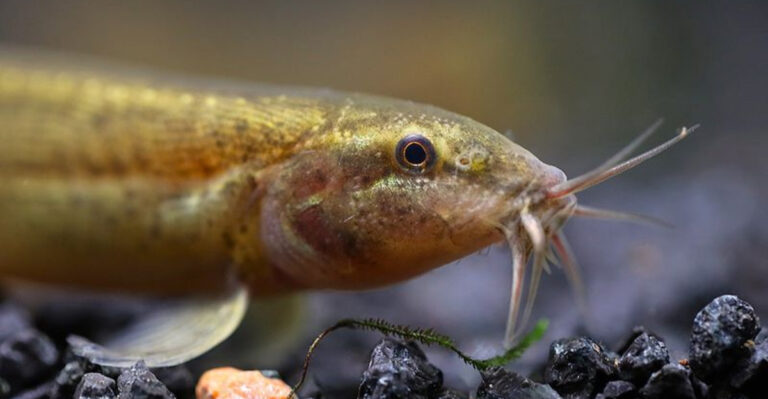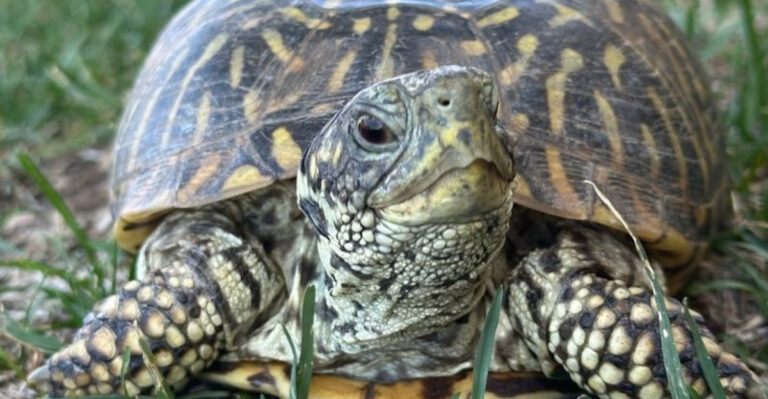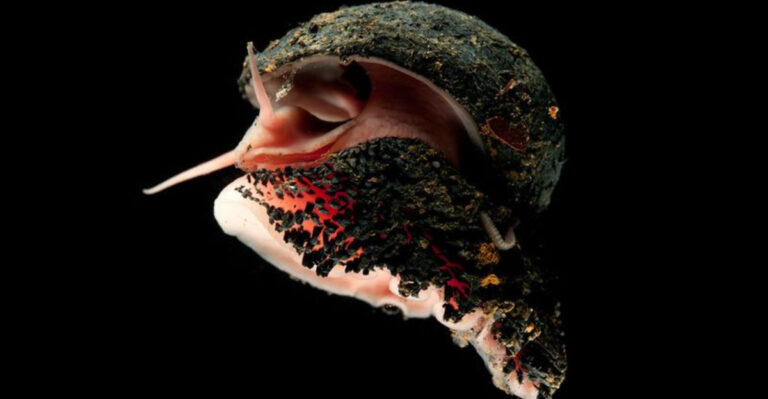The World’s Rarest Fish Makes Remarkable Comeback In Nevada’s Desert
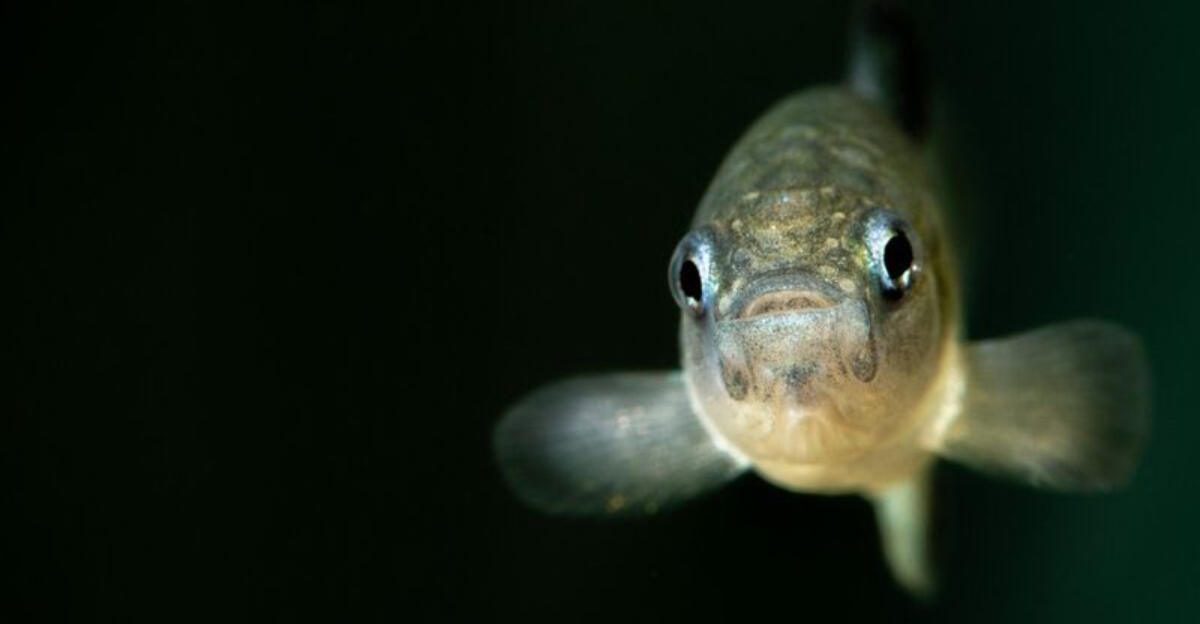
Welcome to the mysterious world of the Devil’s Hole pupfish, an extraordinary species thriving against all odds in the heart of Nevada’s harsh desert.
These tiny fish have captured the attention of scientists and nature enthusiasts alike, not only for their rarity but also for their incredible resilience and unique habitat.
Journey with us as we explore ten fascinating facts about this remarkable fish that has made a triumphant comeback.
1. Smallest Living Space
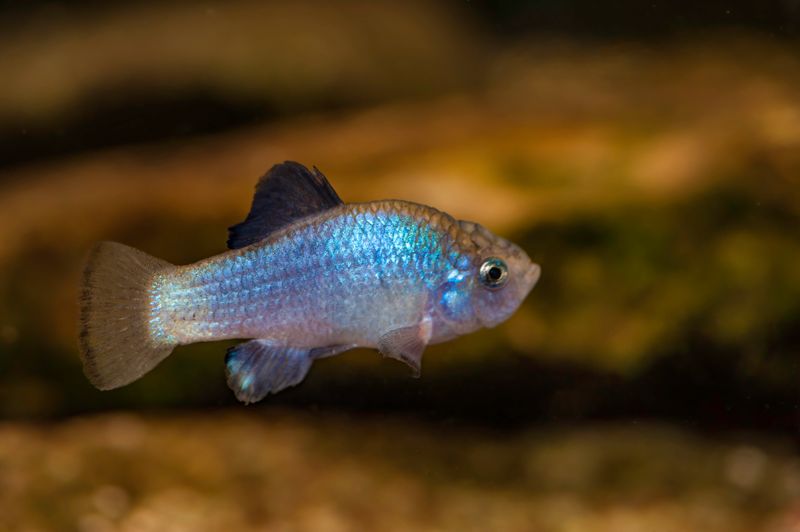
The Devil’s Hole pupfish live in one of the smallest habitats on the planet.
Just imagine a fish confined to a water-filled cavern less than 20 meters long and 3.5 meters wide! This tiny space is their entire world, tucked away within the boundaries of Nevada’s vast desert.
Despite the constraints, these fish have adapted remarkably well to their environment, thriving in water temperatures that would be challenging for most other species.
Their vibrant blue color adds a splash of life to the otherwise barren landscape, making them a true marvel of nature’s adaptability.
2. A 20,000-Year Legacy
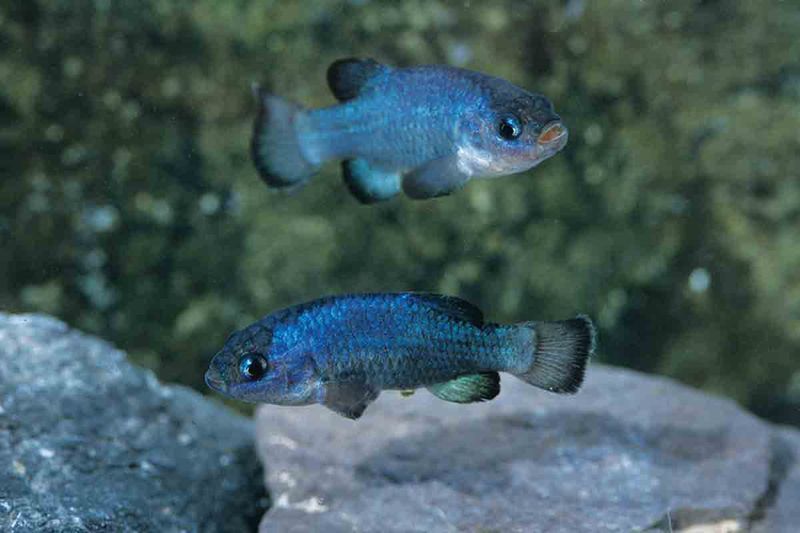
The Devil’s Hole pupfish boast a heritage that’s older than many ancient civilizations. These fish have been around for over 20,000 years, surviving drastic climate changes and environmental shifts.
Their home, Devil’s Hole, is a unique geological formation, part of a larger aquifer system that feeds their habitat.
The survival of these fish is a testament to their incredible resilience and the delicate balance of their ecosystem.
Such a long-standing existence in a single location makes them a living window into the past, fascinating scientists and historians alike.
3. Resilient Against Extinction
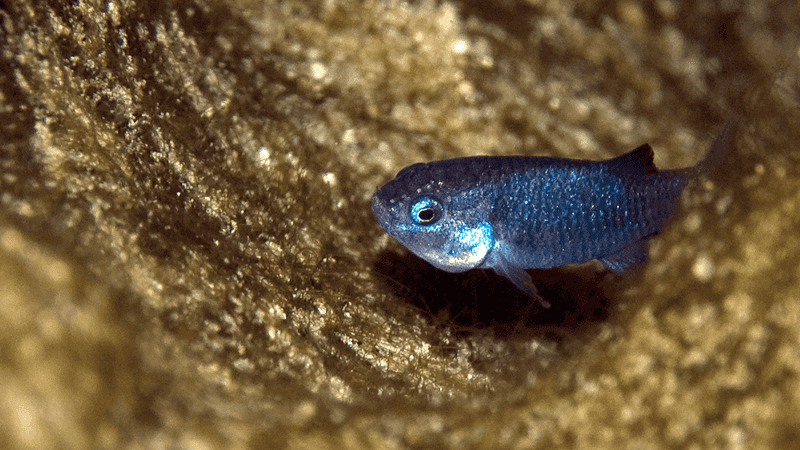
The Devil’s Hole pupfish were once on the brink of extinction. With numbers dwindling to less than 50 individuals, their future seemed bleak.
Fortunately, dedicated conservation efforts by scientists and environmentalists have helped stabilize their population. These efforts include habitat protection and careful monitoring of water conditions.
Today, their population is slowly recovering, symbolizing hope and the effectiveness of dedicated conservation work.
Their story reminds us of the importance of preserving even the smallest creatures in our ecosystems.
4. A Unique Breeding Cycle
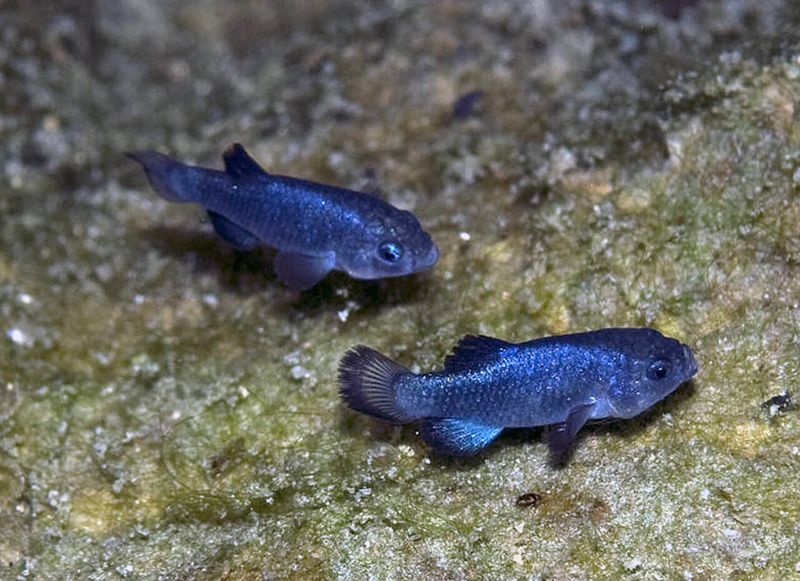
Unlike many other fish, Devil’s Hole pupfish have a unique breeding cycle adapted to their environment. Breeding peaks in the spring and fall, aligning with the subtle temperature variations within their habitat.
This adaptation ensures that the young have the best chance of survival in the challenging conditions of the Devil’s Hole.
The fish lay their eggs among the rocks, relying on the stable microclimate to nurture their young.
Such specialized breeding habits highlight the intricate relationship between the pupfish and their environment, showcasing nature’s ingenuity.
5. Intriguing Feeding Habits
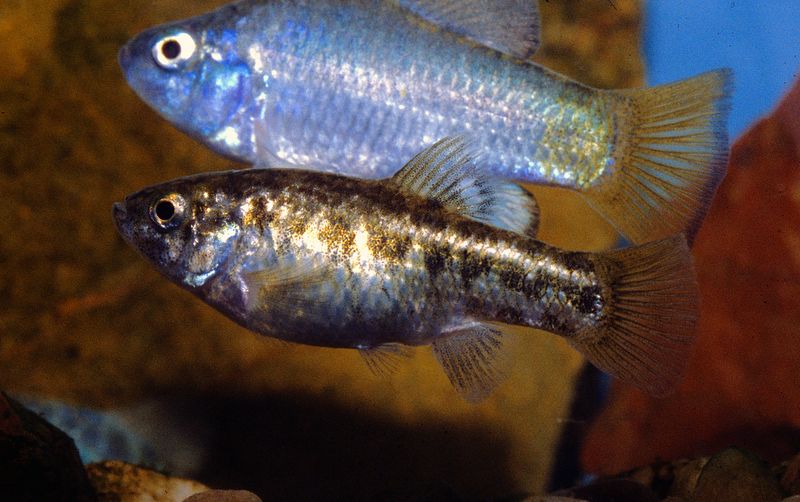
The Devil’s Hole pupfish have a diet as unique as their habitat. They feed primarily on algae that grow on the rocks within their small aquatic environment.
This simple diet is sufficient to sustain the fish in their restricted habitat, where food sources are limited. Their feeding habits play a crucial role in maintaining the ecological balance of their ecosystem.
By grazing on algae, they help control its growth, ensuring the continued health of their habitat, which in turn supports their survival. It’s a fascinating glimpse into an ecosystem in perfect balance.
6. Remarkable Adaptation
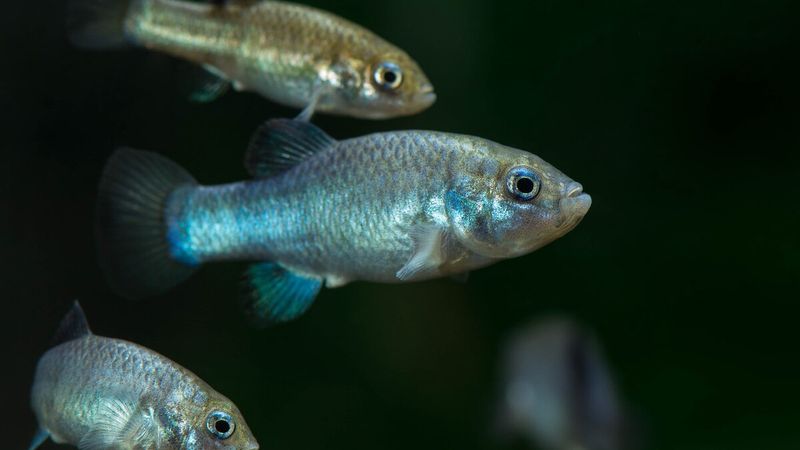
Adaptation is key to the Devil’s Hole pupfish’s survival. These fish thrive in water temperatures that can reach up to 93°F (34°C), temperatures that would be lethal for most fish.
Their ability to withstand such conditions is a trait that has evolved over thousands of years, allowing them to make the most of their unique home.
This adaptation not only ensures their survival but also limits competition from other species.
The pupfish have truly mastered the art of living in one of the most inhospitable environments on Earth, making them icons of resilience.
7. Guardians Of Devil’s Hole
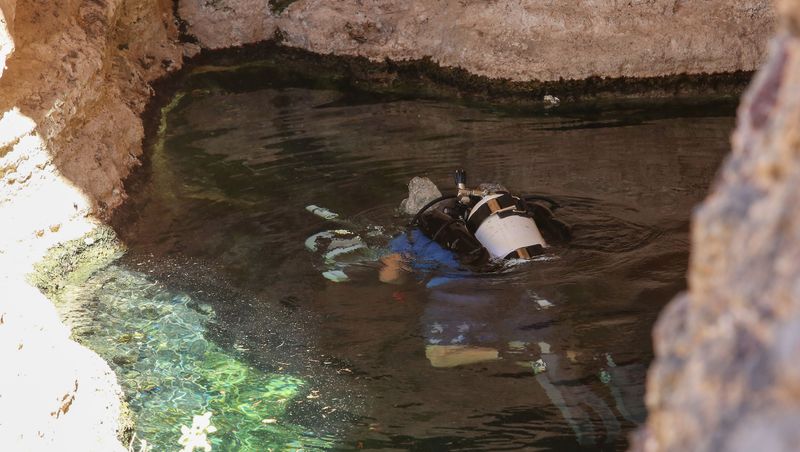
Devil’s Hole is more than just a home to the pupfish; it’s a protected national wildlife refuge. The site is carefully managed and monitored to ensure the survival of its rare inhabitants.
Access to the area is restricted, with strict measures in place to prevent disturbances that could endanger the fish. This protection underscores the significance of these tiny creatures and their habitat.
As guardians of this unique ecosystem, scientists and park rangers work tirelessly to preserve its delicate balance, ensuring that the Devil’s Hole pupfish continue to thrive.
8. The Pupfish’s Colorful Charm
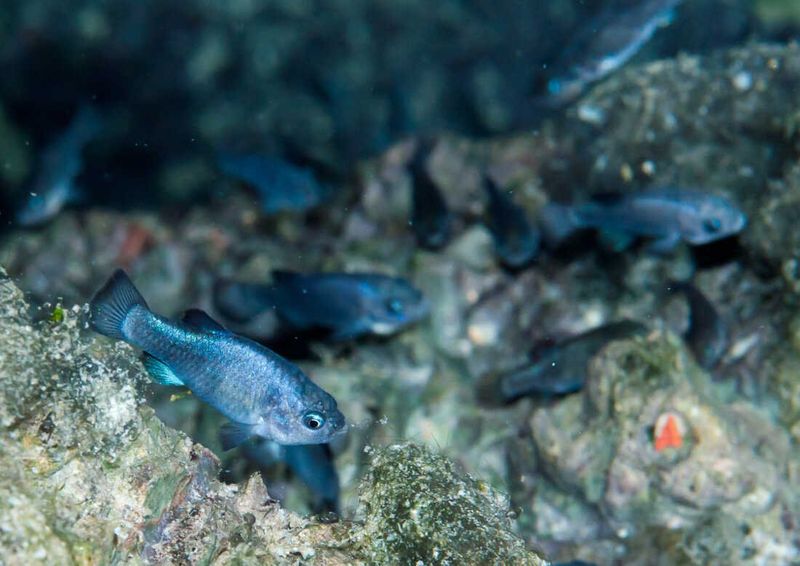
The Devil’s Hole pupfish are not just unique because of their habitat. Their vibrant blue color makes them stand out, turning them into vivid jewels in an otherwise colorless environment.
This striking hue is not just for show; it’s a vital part of their survival strategy. The color might play a role in attracting mates and warding off potential threats.
Their dazzling appearance is a reminder of nature’s capacity to create beauty in the most unexpected places, making them a favorite subject for photographers and nature lovers alike.
9. Tiny Fish, Big Impact
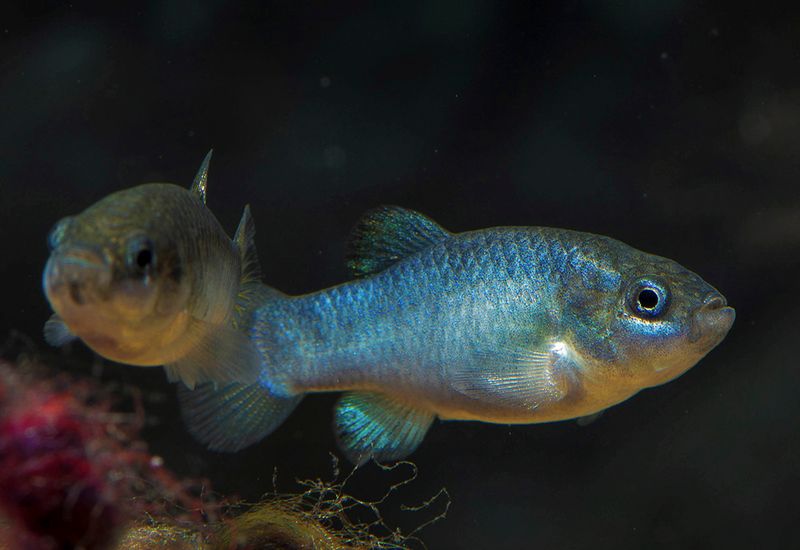
Despite their small size, Devil’s Hole pupfish have a significant impact on their ecosystem. They are integral to maintaining the balance within their tiny, isolated world.
By consuming algae and other microorganisms, they prevent overgrowth and ensure the health of their habitat. This balance supports not only their survival but also that of other species sharing the environment.
Their existence highlights the interconnectedness of ecosystems, where even the smallest creature plays a crucial role in maintaining the natural order. It’s a powerful reminder of the importance of biodiversity.
10. An Ongoing Conservation Story
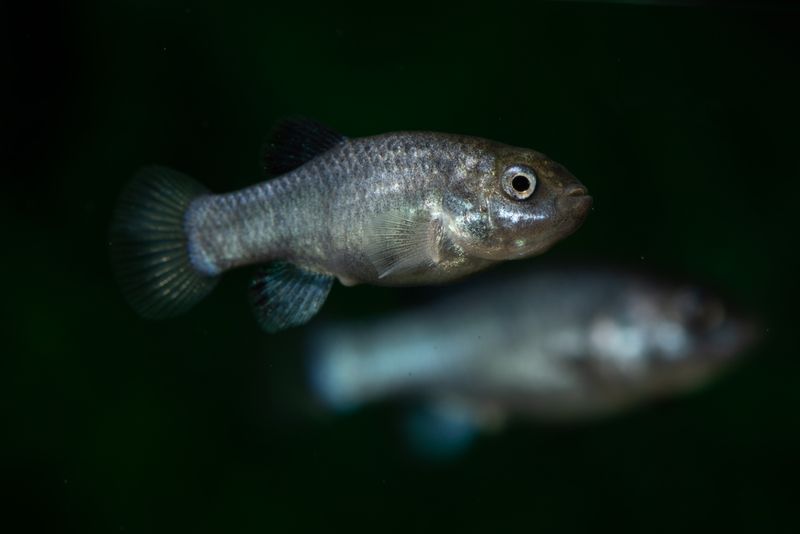
The story of the Devil’s Hole pupfish is an inspiring tale of conservation success.
Scientists and conservationists have teamed up to ensure the survival of this rare species, implementing programs to monitor and support their population.
Innovative methods such as captive breeding and habitat restoration have been key in their recovery. The collaboration illustrates the power of human determination in preserving nature’s wonders.
While challenges remain, the ongoing efforts to protect the pupfish serve as a beacon of hope, inspiring future conservation initiatives worldwide.




